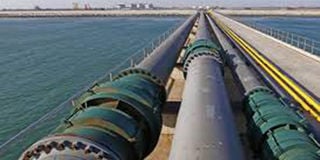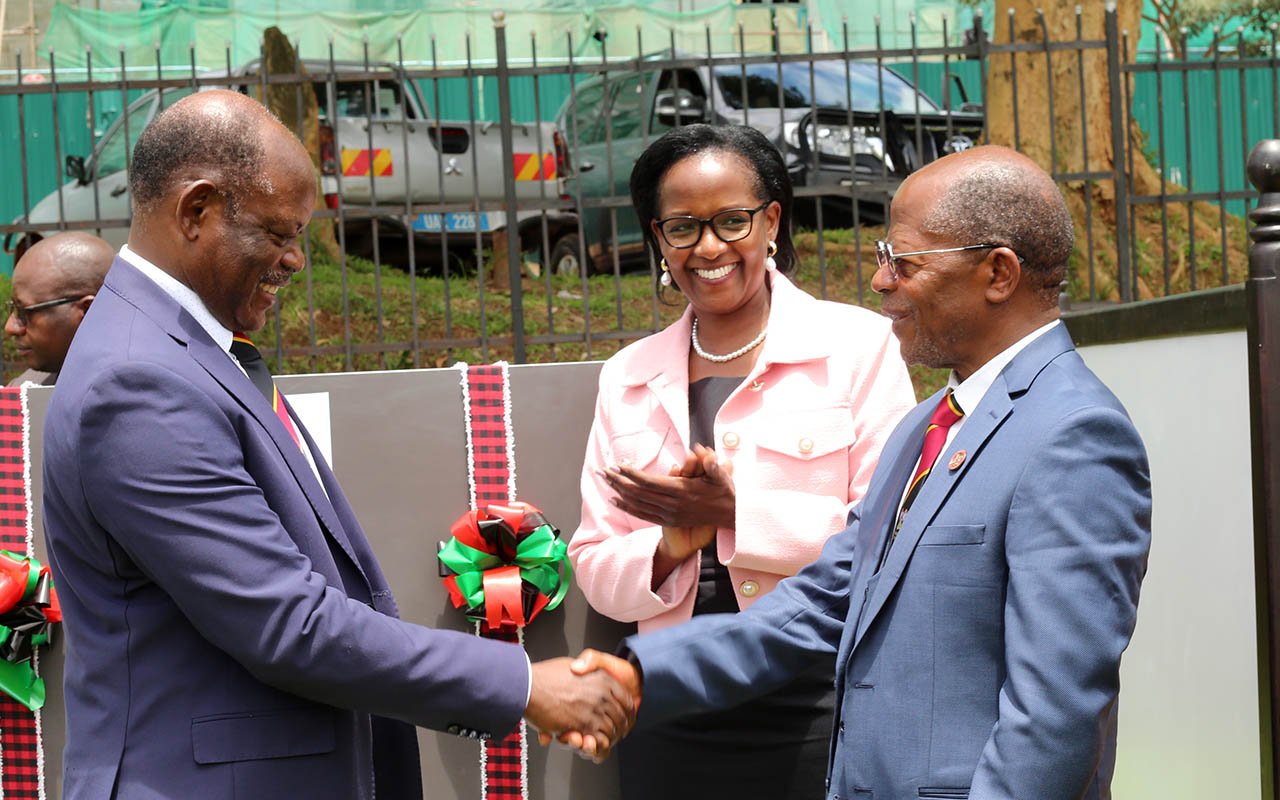Oil activities boost education sector

An oil refinery. Nearly 70 per cent of the 160,000 new jobs created by the current oil and gas projects are for artisans and technicians. COURTESY PHOTO
What you need to know:
- The construction of the 91km tarmac road from Hoima Town via Buseruka to Kaiso Tonya to support oil and gas activities has made the previously hard-to-reach area within the rift valley easily accessible.
- CNOOC Uganda Limited has since 2012 implemented initiatives to promote education, including the Annual Best Performers Awards for PLE, UCE and UACE students in the district that has attracted 330 beneficiaries.
- Total E&P is implementing a scholarship scheme to support top performers from the region in their secondary and university education. Costs incurred on these programmes are not recoverable.
We note that the letter ‘Oil-related activities impact on school children’ that alleges that closure of schools, displacement and dropout of school children to sell charcoal along the Kaiso-Tonya road in Hoima District does not give an adequate depiction of the impact of the oil and gas sector on education, especially in operation areas.
The construction of the 91km tarmac road from Hoima Town via Buseruka to Kaiso Tonya to support oil and gas activities has made the previously hard-to-reach area within the rift valley easily accessible and, therefore, schools in Kaiso Tonya are now more attractive, especially for retention of teachers.
Even before the international oil firms start earning revenue, they have also undertaken various initiatives to support education as part of their social investment programmes. Tullow Oil upgraded the Kyehoro and Kaiso primary schools (in Kaiso Tonya) with new infrastructure such as class room blocks for 21 classes against one block), staff quarters, water and sanitation facilities, classroom furniture and textbooks for the pupils in 2012/2013. In addition, a training programme for 740 primary teachers to address challenges of persistent pupil dropout, inefficient teacher deployment and teacher absenteeism - challenges that pre-date oil and gas activities and are common in many rural communities - was supported by Tullow.
CNOOC Uganda Limited has since 2012 implemented initiatives to promote education, including the Annual Best Performers Awards for PLE, UCE and UACE students in the district that has attracted 330 beneficiaries. Total E&P is implementing a scholarship scheme to support top performers from the region in their secondary and university education. Costs incurred on these programmes are not recoverable.
The acquisition of land for the refinery affected two primary schools - Nyahaira and Kyapuloni primary schools. The Ministry of Energy and Mineral Development has constructed two new schools with 21 classrooms for P1 to P7, staff quarters and water and sanitation facilities each. Nyahaira PS was relocated next to the resettlement area in Kyakaboga village and Kyapuloni PS to Katooke village, both areas selected by the community. These schools were constructed in line with Education ministry requirements and in consultation with Hoima District local government.
Government is also working with development partners to promote skilling programmes for the youth in various disciplines. Nearly 70 per cent of the 160,000 new jobs created by the current oil and gas projects are for artisans and technicians.
All the above initiatives and more indicate the benefits to children’s education arising from oil and gas related activities.




